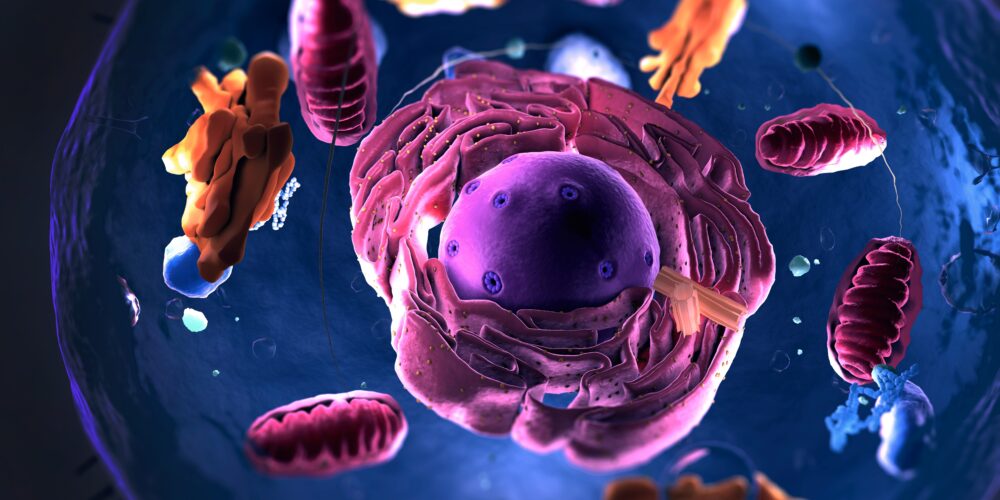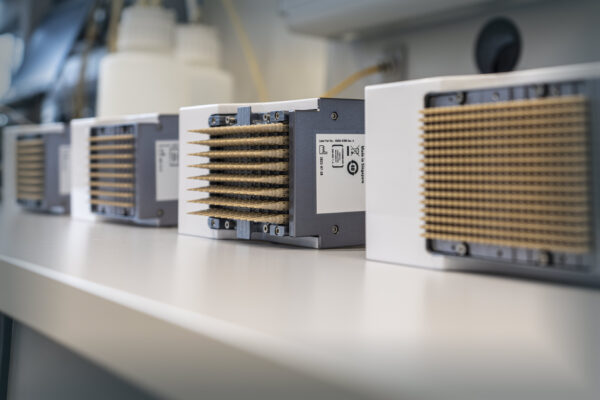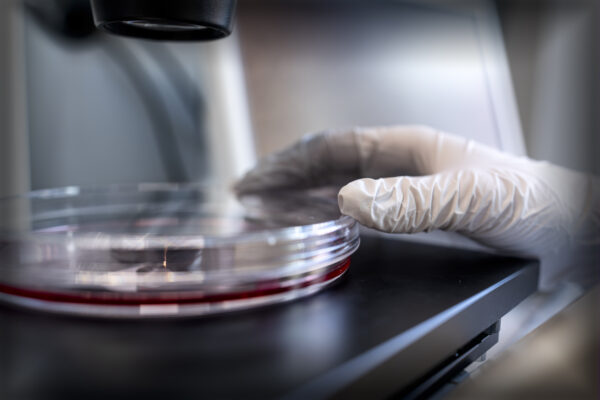Biochemical assay set-ups are very useful and convenient for primary screens as assay conditions can be fine-tuned and compounds directly act on molecular targets of interest. However, by nature these systems cannot represent the complexity of the cellular environment. Therefore, more sophisticated cell-based assays are employed for either primary or secondary high throughput screening campaigns and may be used for target-based or phenotypic screening. Many of these assays can also be used to evaluate potential tissue-specific toxicity of molecules.
Evotec’s cell-based expertise covers various therapeutic areas such as inflammation and immunology, fibrosis, metabolic diseases, CNS diseases, pain, oncology and anti-infectives, as well as a variety of rare diseases. The company has a wealth of experience in target classes such as GPCRs and ion channels, as well as a large diversity of other target areas such as solute transporters, protein-protein interactions, protein-DNA/RNA interactions, RNAs, and multiple enzyme families e.g., RNA/DNA modifying enzymes.
A range of different cell types are available for screening including primary cells, cell lines, stem cells and genetically modified cells (e.g., CRISPR (KO/KI), RNAi, LV, AAV).
FLIPR Services (Ion Flux)
The FLIPRTM (Fluorescence Imaging Plate Reader) technology measures changes in intracellular calcium (Ca2+) concentration (calcium flux) using calcium sensitive dyes and fluorescent imaging in homogeneous format. It is often used in the detection of GPCR (G-protein coupled receptor) activation as well as ion channel activity with significant Ca2+ permeability. It can also be used to measure potassium and other ion flux in cells with appropriate fluorescent dyes (Thallium specific-FluxOr™ dye or FLIPR Membrane Potential dyes). Evotec offers a range of cell-based assays using the FLIPRTM platform which can be performed in 384-well and 1536-well plate formats.
Electrophysiology Services (Patch Clamp and MEA for Ion Channel Membrane Potential)
Patch clamp is a technique used to study electrophysiology of cells by monitoring ionic currents. It is used to determine ion channel membrane potential in cells. Evotec is a specialist provider of both manual and automated patch clamp services. For its automated HTS patch clamp services, Evotec uses the SyncroPatch 384PE (Nanion Technologies) and the Qube 384 (Sophion) which can achieve a throughput of 4000-10000 compounds per week.
MEA (multielectrode array or microelectrode array) is a powerful technique consisting of an electrode grid which is used to measure electrical activity in excitable cells. Evotec offers MEA as a complementary technique to assess the effect of compounds on ion channels.
Reporter Gene Assay Services (Luciferase, SEAP, β-Lactamase, β-Galactosidase)
Cell-based reporter gene assays are sensitive platforms for studying gene regulation and other cellular responses. The assays are quantitative and easily adaptable to HTS.
HiBiT Detection Services
The HiBiT technology (Promega) uses an epitope tag (11 amino acids) which has extremely high affinity for its larger complementary subunit LgBiT (156 amino acids). When bound to each other a bioluminescent signal is produced. It is a highly sensitive approach which allows proteins to be detected at endogenous levels. As well as the HiBiT assay, Evotec offers other interaction assays including the NanoBRET® (Promega) and InCELL Pulse™ assays (Eurofins-DiscoverX).
Immunoassay Services
Evotec offers a range of different immunoassays using different techniques (e.g., ELISA, HTRF etc) and platforms (e.g., MSD, Singulex, SMCxPro, Luminex and Quanterix) to provide rapid high precision and high sensitivity measurements.
RT-qPCR Services
Evotec’s assay development and HTS includes high-throughput RT-qPCR capabilities. As many proteins are still considered challenging therapeutic candidates, RNA is increasingly appreciated as an alternative potential drug target. Evotec’s RT-qPCR platform allows to investigate the fluctuation of cellular mRNA, or non-coding RNA, in response to treatment with potential drugs, e.g. small molecules, antisense oligonucleotides, interfering RNAs or proteins. Inhibition of the translation of otherwise undruggable targets, directed splicing or monitoring compounds activity on viral loads can be evaluated in a high throughput manner.
Flow Cytometry and FACS Services
Evotec offers both multiparametric flow cytometry and FACS (fluorescence-activated cell sorting) for analysing cell suspensions. This technology has a broad range of applications.
Cellular Bioenergetics Services (Seahorse Flux Analyzer)
The Seahorse Flux Analyzer monitors OCR (oxygen consumption rate) and ECAR (extracellular acidification rate) of cell to understand cellular functions such as mitochondrial respiration and glycolysis. Evotec has extensive experience of the use of the Seahorse Flux Analyzer in both hit identification as well as assessment of mitochondrial toxicity.
Radiometric Assays and Autoradiography Services
Evotec uses various isotopes (3H, 125I, 59Fe, 32P, 35S) to monitor compound metabolism and distribution.
Metabolomics and Proteomics Services
Evotec have both metabolomics and proteomics capabilities using mass spectrometry.
High Content Screening
Evotec has strong expertise and long-term experience in the development and implementation of high-content based assays.
High-content screening (“HCS”) is routinely used throughout the hit identification cascade from target validation to mechanistic studies. The assays developed at Evotec encompass both a target centric as well as phenotypic approach with emphasis on tissue samples, stem cell derived or primary cells from appropriate hosts. This approach is a core part of Evotec’s efforts to identify novel targets and drugs with disease-modifying potential. High content screening is also frequently used to assess potential toxic effects on cells during lead optimization.
Transcriptomics
Evotec is a world leader in transcriptomics offering high throughput RNA-Seq as well as high resolution transcriptomics including single cell and nucleus RNA-Seq and spatial transcriptomics.




